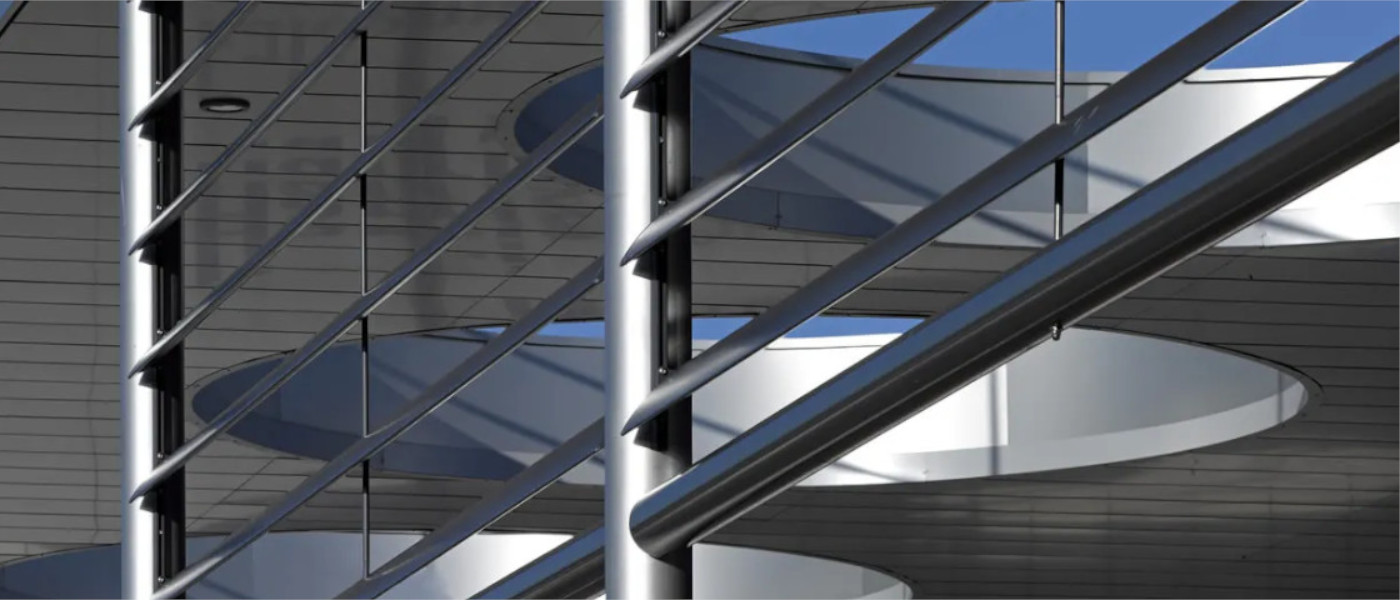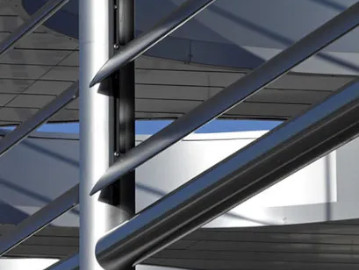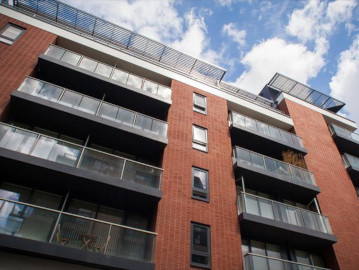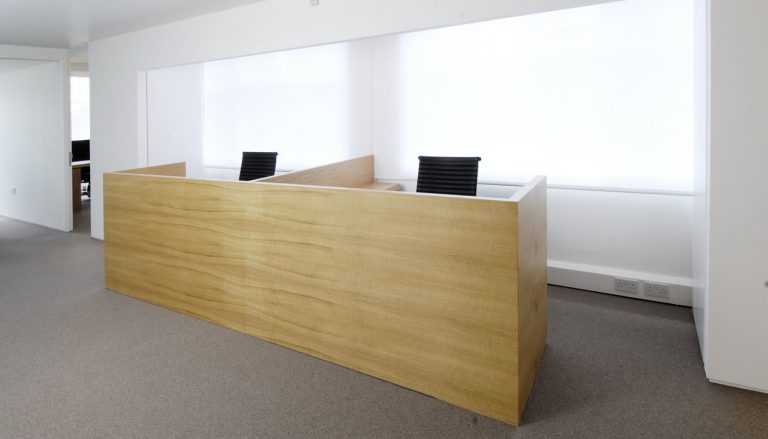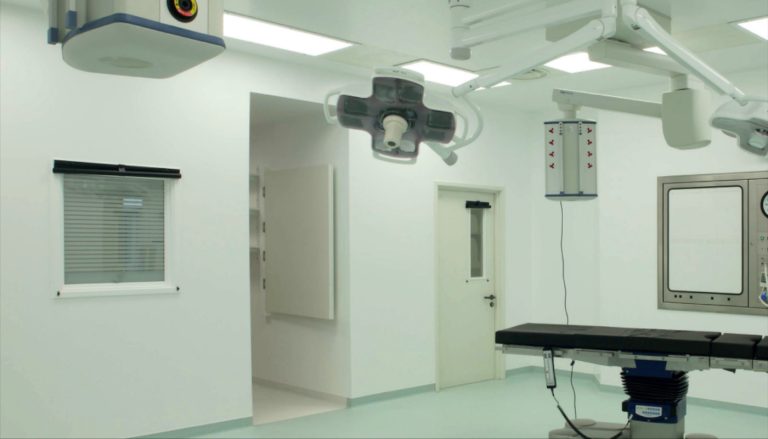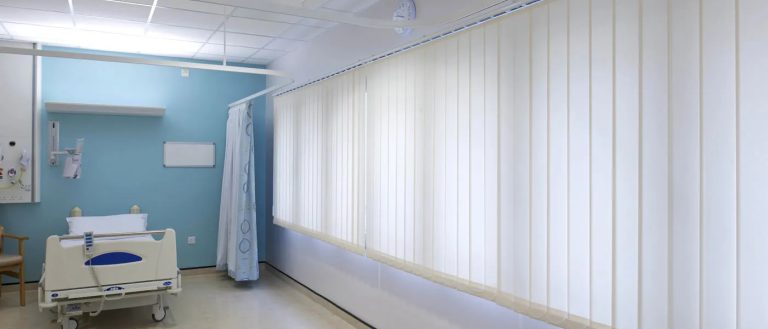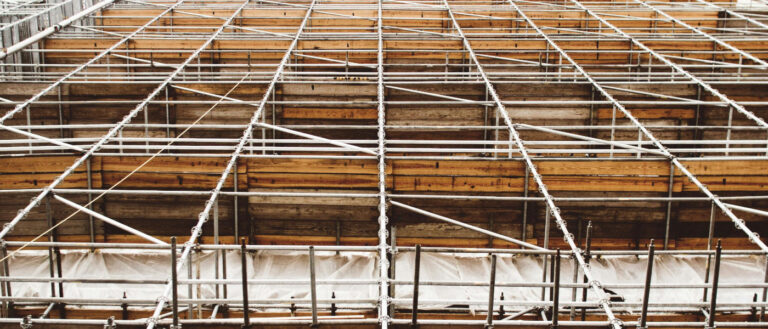How Solar Shading Helps Achieve LEED Certification in the UK
In this article, you’ll discover how solar shading systems can significantly contribute to achieving LEED certification for buildings in the UK.
You will learn about the role of solar shading in enhancing energy efficiency, improving indoor environmental quality, and helping to meet LEED standards effectively.
This will help you incorporate solar shading strategies into your projects to maximise sustainability and occupant comfort.
What is LEED Certification and How Does Solar Shading Contribute?
LEED, or Leadership in Energy and Environmental Design, is one of the most recognised green building certification systems globally.
It sets the standards for designing and constructing buildings that minimise resource use, reduce waste and enhance occupant health.
Whether it’s a new build or a renovation, LEED is a mark of environmental responsibility, something that is increasingly sought after in sustainable construction.
Solar shading plays an essential role in achieving LEED certification.
By controlling the amount of sunlight entering a building, shading systems help maintain comfortable indoor temperatures and reduce the need for air conditioning, leading to lower energy consumption.
This balance between maximising natural light and minimising solar heat gain is crucial in enhancing both energy efficiency and occupant comfort.
Solar shading directly contributes to optimising energy performance, a key category within LEED.
By using shading effectively, buildings can earn LEED points in areas such as energy efficiency, daylighting and thermal comfort.
It’s a straightforward yet impactful strategy to make a building more sustainable while ensuring a healthier and more comfortable environment for occupants.
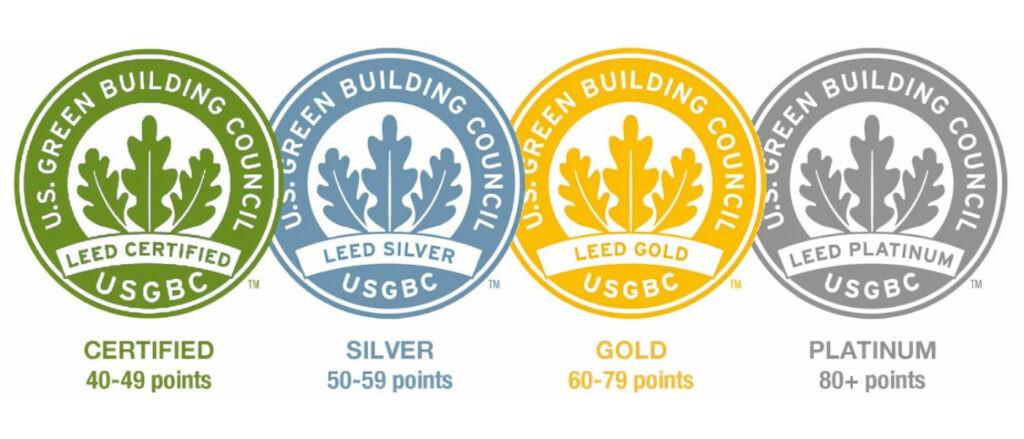
Solar Shading for LEED Energy and Atmosphere Credits
Solar shading plays an integral role in enhancing energy efficiency and meeting LEED certification requirements, particularly in the Energy and Atmosphere category.
By reducing solar heat gain, shading systems not only optimise the building’s performance but also contribute to creating a more comfortable and sustainable indoor environment.
How Does Solar Shading Optimise Energy Performance?
- Reduces Cooling Loads: Solar shading helps reduce the amount of heat entering a building, which in turn reduces the need for cooling systems. By minimising cooling loads, energy consumption drops significantly.
- Supports Energy Efficiency: With less reliance on artificial cooling, solar shading enhances the overall energy efficiency of a building, contributing to valuable LEED credits in the Energy and Atmosphere category.
Solar shading is a powerful tool in reducing cooling loads, directly impacting a building’s energy consumption.
By minimising the amount of solar heat that enters a building, shading systems reduce the demand on cooling systems, leading to lower energy use.
This is key in earning LEED points under the “Optimise Energy Performance” credit.
Reducing cooling loads through effective shading strategies not only helps meet LEED certification requirements but also enhances a building’s overall energy efficiency.
With less need for artificial cooling, the building’s carbon footprint is significantly lowered, which is a crucial goal for any LEED-certified project.
For more details on LEED requirements, you can refer to the LEED Rating System Requirements.
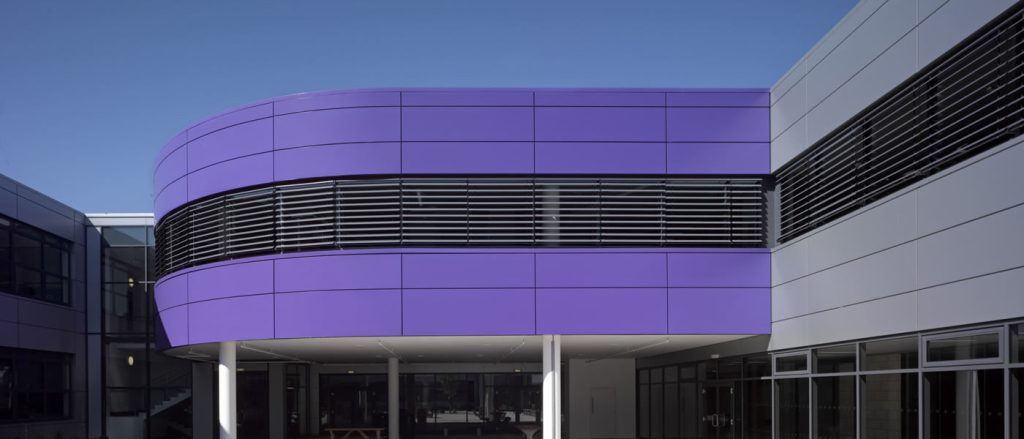
How Does Solar Shading Work with Renewable Energy Production?
- Reduces Energy Demand: By decreasing the energy needed for cooling, solar shading allows renewable energy systems, like solar panels, to cover a greater percentage of the building’s power requirements.
- Maximises Renewable Efficiency: When energy demands are lowered, the impact of renewable systems is amplified, helping achieve LEED energy credits and supporting sustainability goals.
By effectively lowering energy needs, solar shading allows renewable systems to provide a greater proportion of a building’s power requirements, improving overall energy efficiency.
This synergy between shading and renewable energy not only helps optimise resource use but also supports LEED energy credits, making the building more self-sufficient and reducing its reliance on non-renewable energy sources.
Indoor Environmental Quality (IEQ) and Solar Shading
Solar shading also has a significant impact on the indoor environmental quality of a building, which is another important focus area in LEED certification.
By improving daylight management, reducing heat gain and controlling glare, shading systems contribute to a healthier and more comfortable indoor atmosphere.
How Does Solar Shading Improve Daylight Management?
- Optimises Natural Light: Solar shading helps balance the entry of natural light, reducing glare and managing heat, which contributes to LEED’s “Daylight” credit.
- Improves Spatial Daylight Autonomy (sDA): Properly implemented shading enhances sDA by allowing natural light to penetrate while preventing overexposure.
- Reduces Annual Solar Exposure (ASE): Shading systems ensure ASE is kept in check, providing a comfortable and energy-efficient indoor environment.
One of the benefits of solar shading is its ability to optimise natural daylight within a building.
Properly designed shading systems allow for maximum daylight penetration while reducing glare and overheating, contributing to LEED’s “Daylight” credit.
By improving Spatial Daylight Autonomy (sDA) and managing Annual Solar Exposure (ASE), solar shading creates a comfortable indoor environment that utilises natural light effectively.
Maintaining an ideal balance between daylight and shading helps reduce the need for artificial lighting, saving energy and enhancing the quality of the indoor environment.
This not only improves energy efficiency but also contributes to occupant well-being, an essential component of LEED certification.
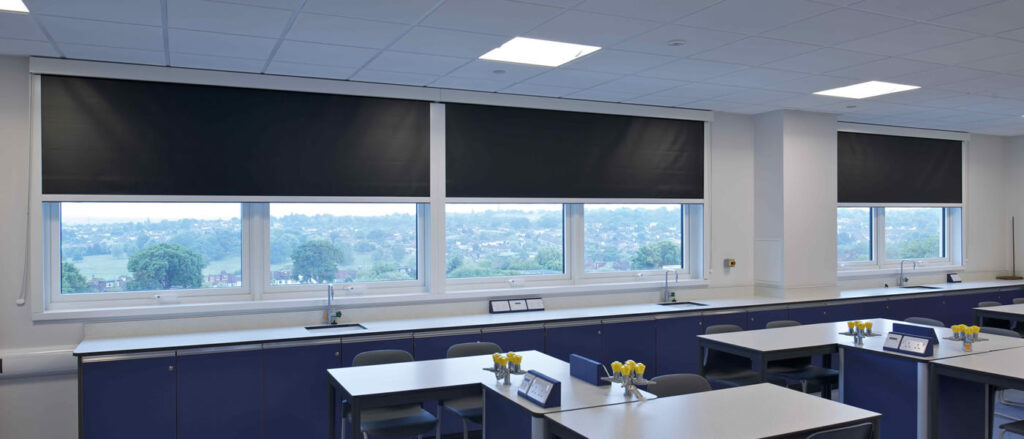
The Role of Solar Shading in Thermal Comfort
- Minimises Solar Heat Gain: Effective shading prevents excess heat from entering, ensuring indoor temperatures remain stable without extensive cooling.
- Supports Thermal Comfort Credits: By maintaining a comfortable indoor climate, solar shading helps in achieving LEED points related to thermal comfort, which directly impacts occupant well-being.
Reducing solar heat gain is fundamental to maintaining comfortable indoor temperatures.
Solar shading systems minimise the amount of unwanted heat entering a building, ensuring a more stable and comfortable indoor climate.
By effectively managing heat gain, solar shading contributes to LEED points under the “Thermal Comfort” category.
Occupant comfort is a core consideration in sustainable building design, and shading systems play a key role in ensuring thermal stability without excessive reliance on energy-intensive cooling systems.
Glare Control and Occupant Comfort
- Reduces Glare: Solar shading minimises the amount of direct sunlight entering a building, enhancing visual comfort for occupants.
- Enhances Visual Comfort: By mitigating harsh contrasts and excessive brightness, shading systems contribute to a healthier and more productive indoor environment, supporting LEED credits for occupant well-being.
Glare can significantly affect the comfort and productivity of building occupants.
Solar shading mitigates glare by controlling the amount of direct sunlight that enters the building, thereby improving visual comfort.
A well-designed shading system enhances the quality of the indoor environment by reducing harsh contrasts and excessive brightness.
This contributes to a healthier and more comfortable space, directly supporting LEED credits related to indoor environmental quality and occupant well-being.

Innovation Credits and Sustainable Sites
Solar shading not only impacts energy performance and indoor environmental quality but also opens up opportunities for earning Innovation and Sustainable Sites credits under the LEED system.
Can Solar Shading Earn LEED Innovation Credits?
- Creative Use of Shading: Innovative shading designs, such as dynamic or automated shading systems, can go beyond standard practices, earning Innovation credits by demonstrating unique approaches to improving energy efficiency and occupant comfort.
- Smart Shading Systems: Automated shading that adjusts based on sunlight and occupancy can significantly enhance building performance, showcasing a creative application of technology in sustainable design.
Using creative shading technologies can help a project stand out in terms of sustainability and efficiency, which may qualify for LEED Innovation credits.
This approach not only optimises energy use but also demonstrates a forward-thinking commitment to building performance.
Heat Island Reduction with Solar Shading
- Exterior Shading Solutions: Solar shading applied to external building surfaces helps mitigate the heat island effect by reducing heat absorption from sunlight.
- Supports Sustainable Sites Credits: By minimising heat gain on building exteriors, shading systems contribute to LEED credits in the “Sustainable Sites” category, addressing the urban heat island effect and promoting a cooler local environment.
Shading solutions such as brise soleil or external louvres are particularly effective in reducing the heat island effect, making them valuable in the pursuit of Sustainable Sites credits.
These systems not only benefit the building itself but also help in minimising the environmental impact on surrounding areas.
Additional Benefits of Solar Shading for LEED Projects
Beyond energy savings and comfort, solar shading offers a range of additional benefits that support LEED certification efforts.
How Does Solar Shading Enhance HVAC Efficiency?
- Reduces Cooling Demand: By limiting solar heat gain, solar shading reduces the load on HVAC systems, improving their efficiency.
- Energy Cost Savings: Lower cooling demands lead to reduced operational costs, making solar shading a financially smart choice for energy management.
With improved HVAC efficiency, buildings can achieve significant energy savings, directly supporting LEED credits.
For more detailed strategies on shading control, you can refer to the Design for Improved Solar Shading Control.
Smart Shading Systems for Better LEED Performance
- Automated Shading Systems: Smart shading systems that adjust based on sunlight or indoor temperatures can optimise energy use and improve occupant comfort.
- Supports Energy Performance Credits: Automated solutions ensure that shading is always optimised, enhancing energy performance and contributing to LEED credits in the Energy and Atmosphere category.
The use of smart shading systems is a proactive approach to energy management.
By automatically adjusting to changing conditions, these systems enhance both comfort and sustainability, helping to secure valuable LEED credits.
LEED vs BREEAM: Understanding Certifications in the UK
Navigating green building certifications can be complex, especially when choosing between widely recognised systems like LEED and BREEAM.
Each of these certifications has its strengths, and understanding their differences is key to making an informed decision for your project.
Differences and Similarities Between LEED and BREEAM
- Focus on Sustainability: LEED, developed by the U.S. Green Building Council, focuses heavily on energy efficiency, resource use and environmental impact. BREEAM, on the other hand, offers more flexibility, adapting well to UK regulations and local context.
- Approach to Solar Shading: Both systems value the impact of solar shading, but LEED ties it closely to energy performance, daylighting and thermal comfort. BREEAM also values solar shading but allows for a more integrated approach within its broader flexibility in building design and materials.
For more detailed information on these certification systems, you can refer to the Comparing LEED and BREEAM Certifications resource.
While LEED is often seen as more globally recognised, BREEAM is well suited for the UK market, considering local standards and practices.
Both certifications drive sustainable outcomes but offer different pathways to get there.
Choosing the Right Solar Shading System for LEED Compliance
Selecting an effective solar shading system is a critical step in ensuring your building can achieve LEED certification.
The type of shading system you choose will directly impact your project’s energy performance, occupant comfort, and compliance with LEED standards.
Types of Solar Shading Systems and Their Benefits
Shading System | Features |
|---|---|
External Louvres | Reduces solar heat gain while allowing natural ventilation. Can be adjusted for optimal shading. |
Roller Blinds | Versatile, cost-effective and can be automated. Helps manage glare and supports thermal comfort. |
Brise Soleil | Blocks direct sunlight and reduces solar heat gain. Effective in managing shading and improving thermal comfort. |
Choosing the appropriate shading system depends on the building’s orientation, design requirements, and the specific LEED credits being targeted.
Each type offers unique benefits that can support your project in achieving LEED points for energy efficiency and indoor environmental quality.
Importance of Early Integration of Solar Shading in Design
- Maximises Energy Efficiency: Incorporating solar shading early in the building design process ensures that shading solutions are optimally positioned to reduce heat gain and improve daylight management.
- Supports LEED Credits: Early integration helps ensure that all LEED-related goals for energy efficiency, daylight, and thermal comfort are met effectively. This proactive approach can make the difference between achieving a higher certification level or missing key credits.
Integrating solar shading into the design phase allows for a cohesive approach, where all elements of the building work together to enhance sustainability, comfort and efficiency.
Key Takeaways on Solar Shading and LEED Certification
Solar shading is more than just an add-on—it’s an integral part of achieving LEED certification.
By optimising energy efficiency, reducing operational costs and enhancing occupant comfort, shading systems contribute to multiple LEED credit categories, including Energy and Atmosphere, Indoor Environmental Quality and Innovation.
Incorporating shading solutions early in the design process ensures maximum impact and a smoother path to certification.
Whether you’re aiming for energy savings, improved comfort or a reduced carbon footprint, solar shading is an essential element in creating sustainable, high-performance buildings.
Consider solar shading as a powerful tool in your sustainable building toolkit, helping your projects meet LEED standards while promoting a healthier and more comfortable indoor environment.
Frequently Asked Questions (FAQs) About LEED Certification
What is LEED certification?
LEED (Leadership in Energy and Environmental Design) is a globally recognised green building certification system that provides a framework for healthy, efficient and sustainable buildings. It covers different aspects such as energy efficiency, indoor environmental quality and sustainable site development.
How does solar shading contribute to LEED certification?
Solar shading helps optimise energy performance by reducing solar heat gain, which in turn decreases the need for cooling systems. This contributes to credits in categories like Energy and Atmosphere, Indoor Environmental Quality and Innovation.
Can solar shading earn LEED Innovation credits?
Yes, innovative use of shading technologies, such as automated or dynamic shading systems, can earn Innovation credits by demonstrating unique approaches to improving energy efficiency and occupant comfort.
What are the benefits of early integration of solar shading in building design?
Integrating solar shading early in the design phase ensures optimal placement, maximising energy efficiency, daylight control and thermal comfort. This proactive approach can help achieve higher LEED certification levels by meeting key sustainability goals more effectively.
How does solar shading reduce the heat island effect?
Solar shading on external building surfaces helps mitigate the heat island effect by reducing heat absorption from sunlight. This contributes to LEED credits under the Sustainable Sites category, promoting a cooler urban environment.
For enquiries about our solar shading solutions:
Enviroscreen Systems
Swift House,
13 Ronsons Way,
St Albans,
AL4 9QT
United Kingdom
Telephone: 01727 220 007
E-mail: info@enviroscreen.org.uk

